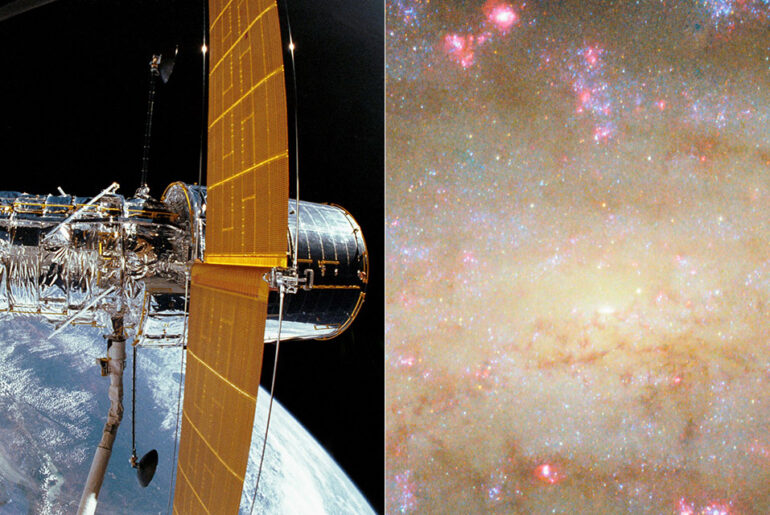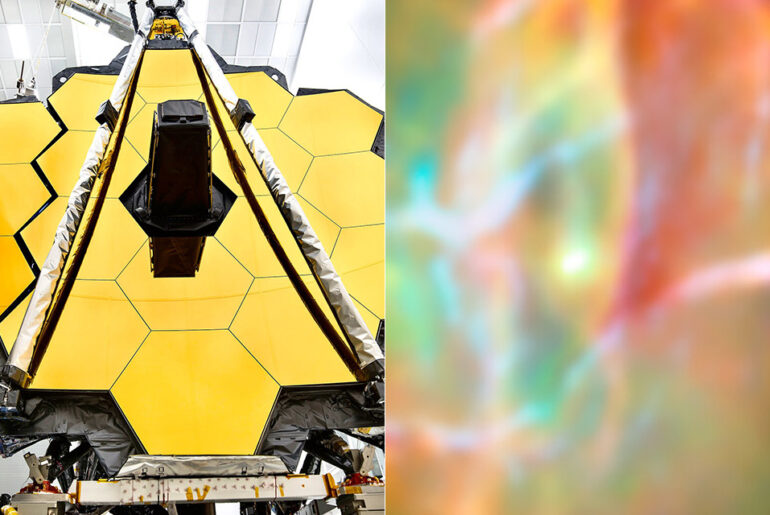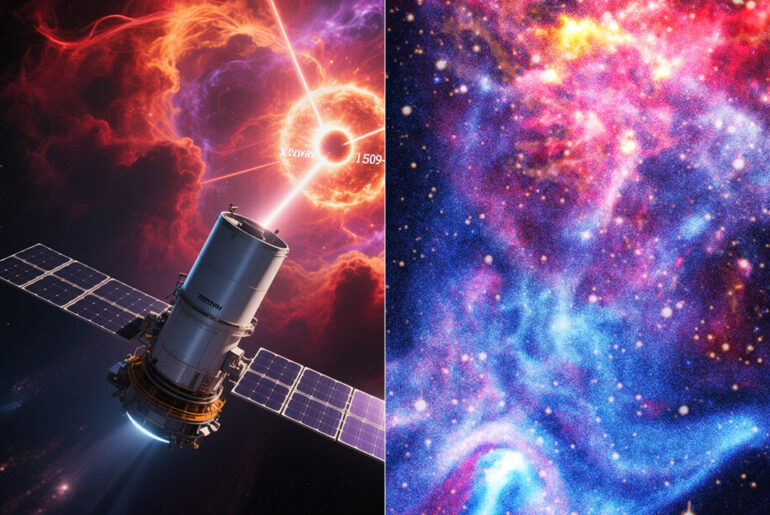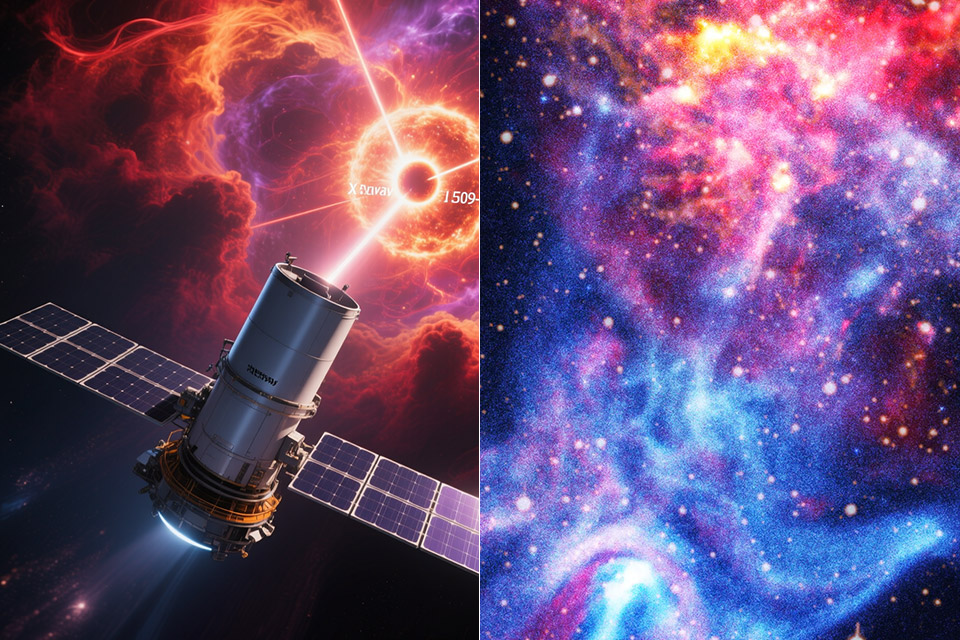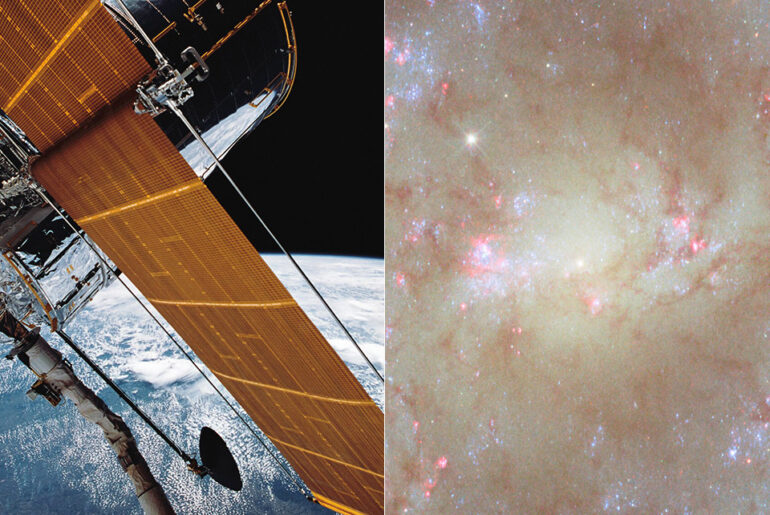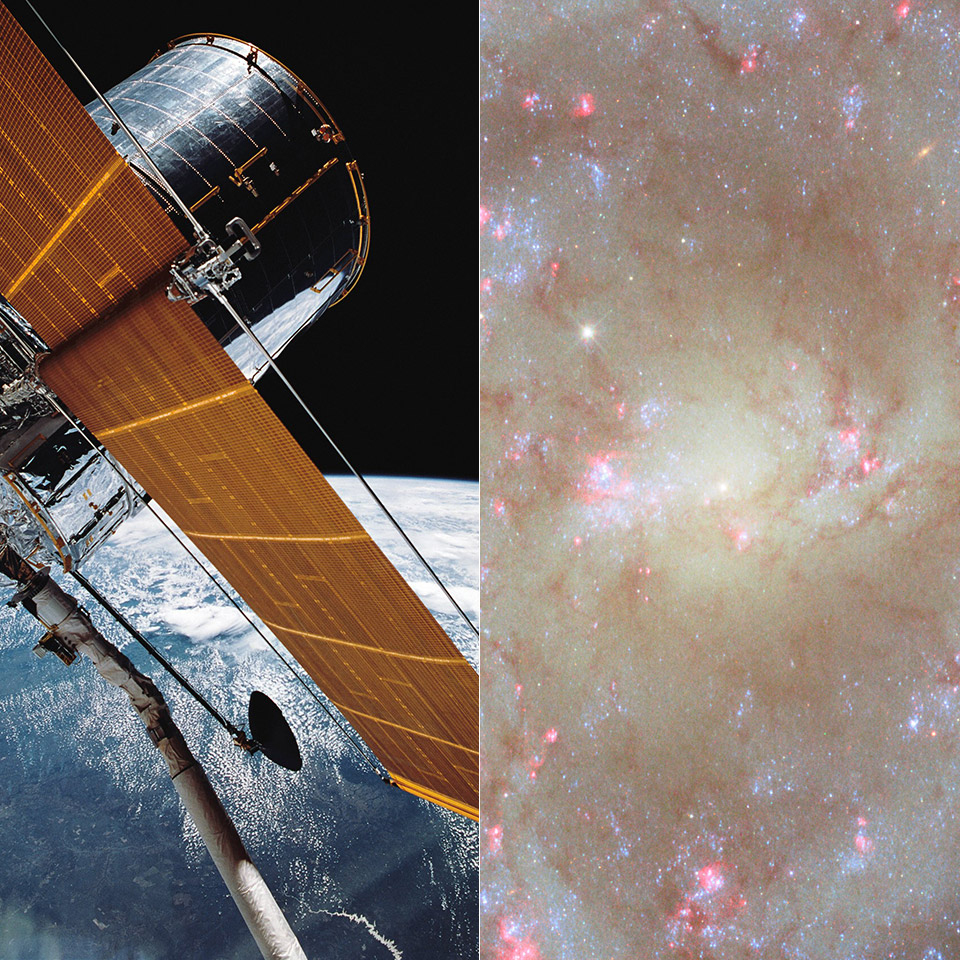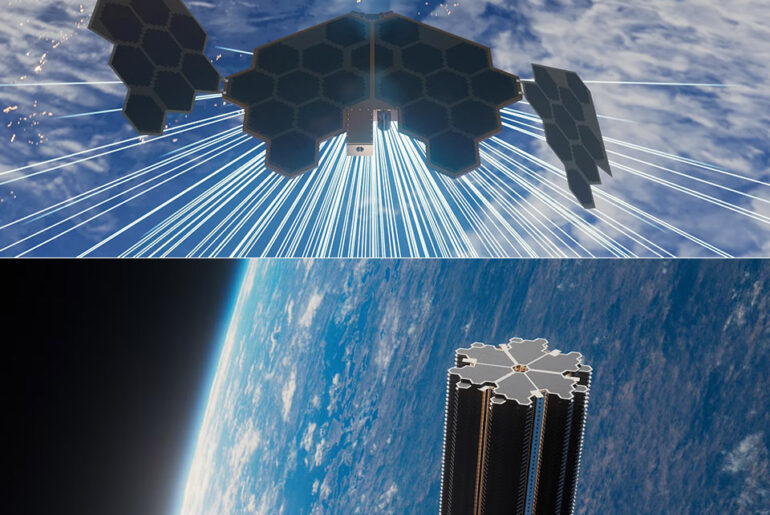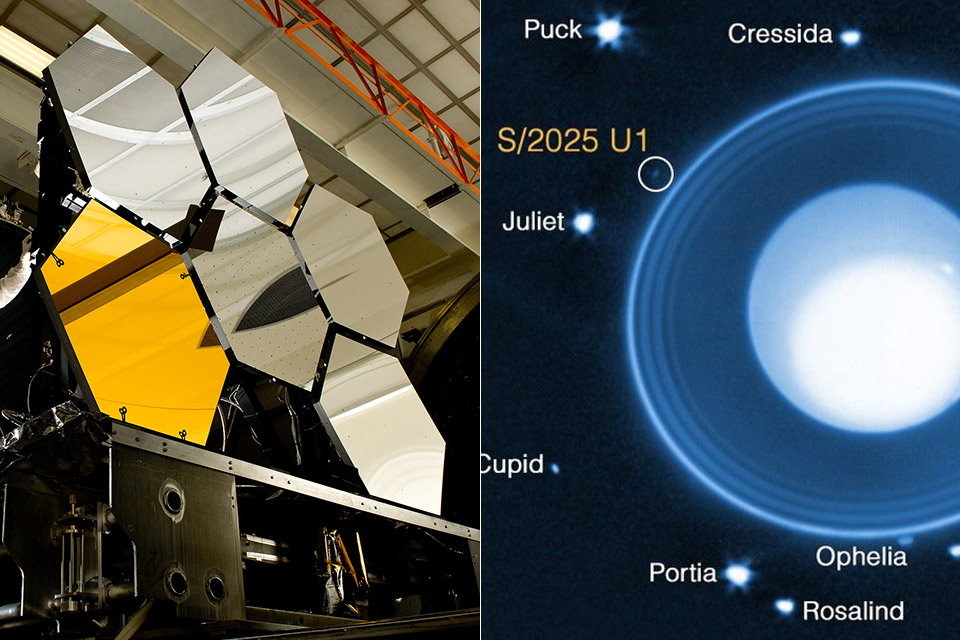
NGC 7456, a spiral galaxy 51 million light-years away in Grus, looks like just a blob of stars at first glance. This Hubble Space Telescope’s Wide Field Camera 3 image pulls you in with its warm glow, patchy spiral arms and pink bursts where stars are born.
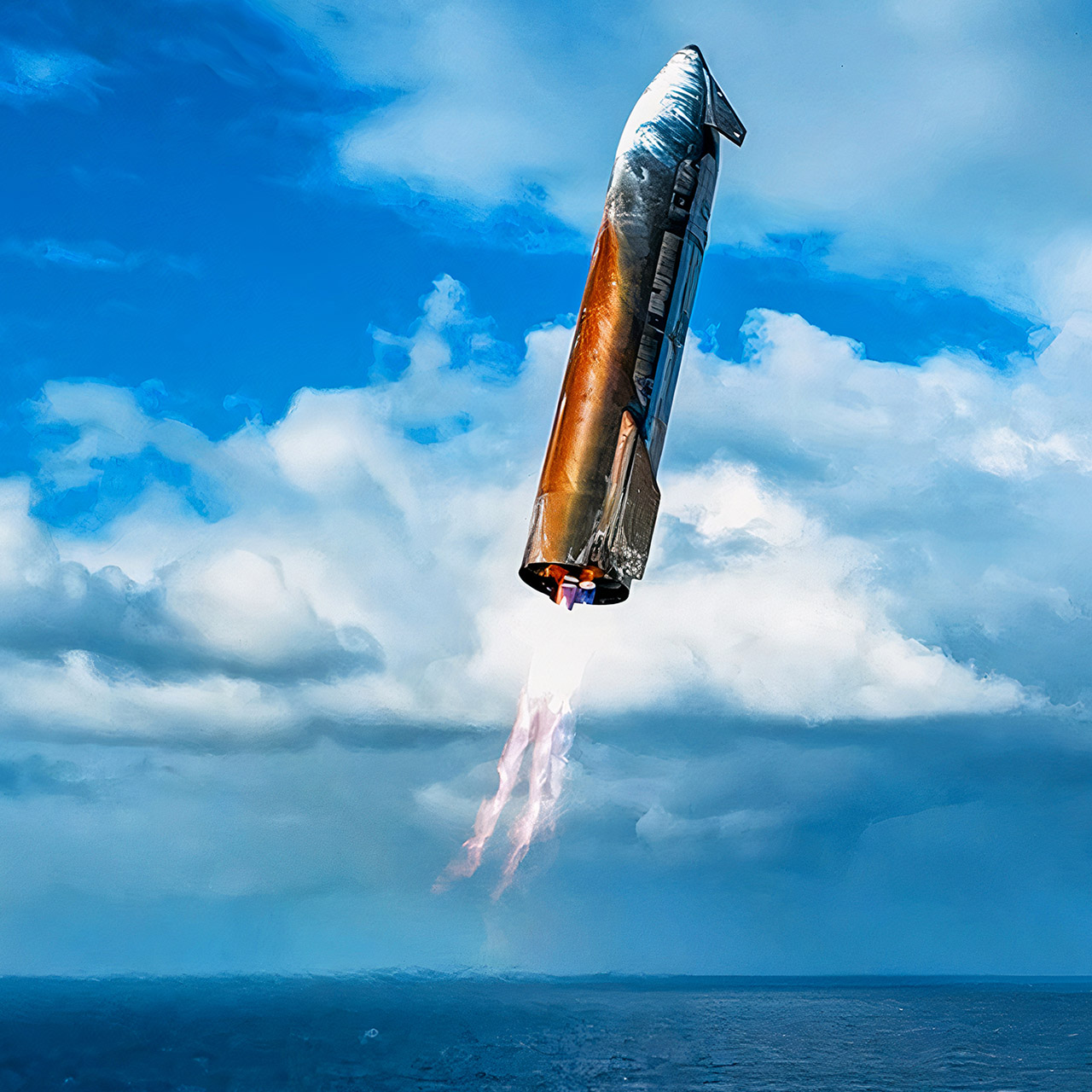
Starship’s upper stage has been in a fight and it shows, or more specifically, its 10th test flight. Its once shiny stainless steel body is now pockmarked with scars – orange streaks, charred tiles and bare metal – telling the story of survival against the forces of reentry.

A star is at the heart of the Butterfly Nebula, 3,400 light-years away in Scorpius, hidden behind a curtain of dust so thick it was invisible. The James Webb Space Telescope’s Mid-InfraRed Instrument (MIRI) has lifted that curtain and for the first time we see the nebula’s core. The image along with data from the Atacama Large Millimeter/submillimeter Array (ALMA) is changing our understanding of planetary nebulae.
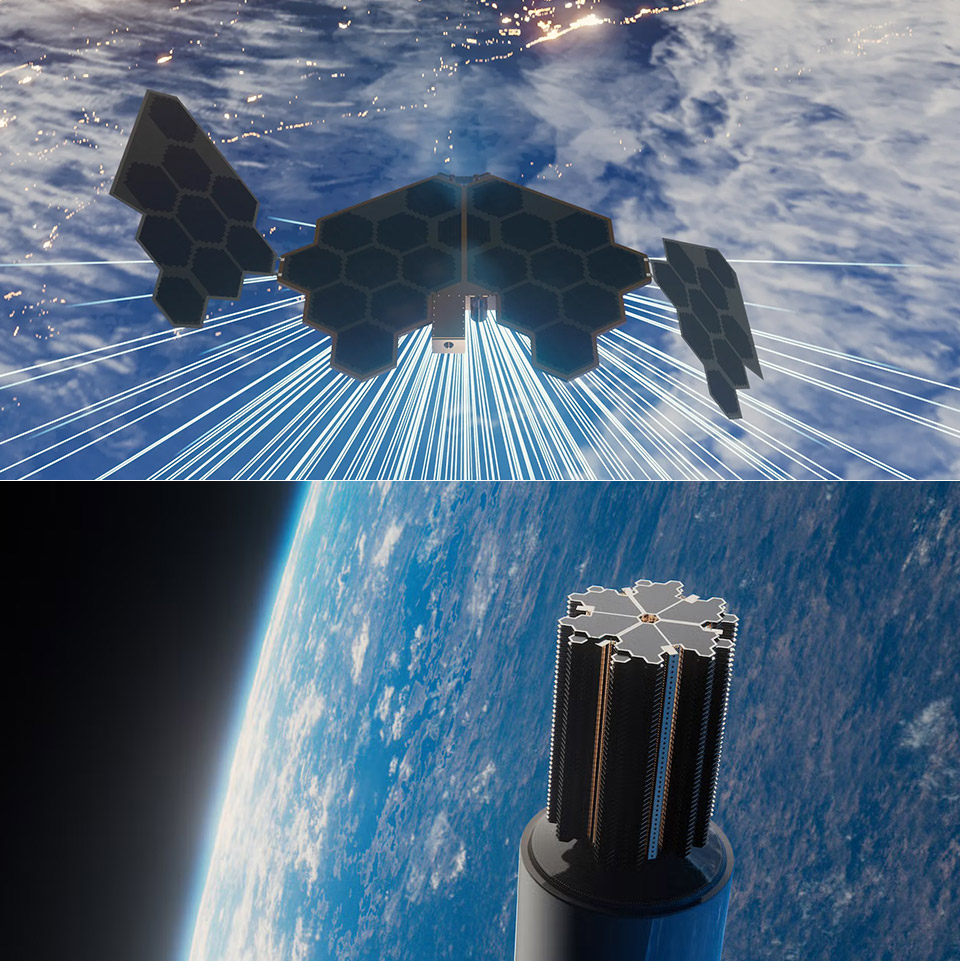
SpinLaunch, the company that used to launch satellites into orbit with a giant centrifuge, is taking on Starlink and Project Kuiper with its Meridian Space constellation. This low-earth orbit (LEO) satellite network will deliver high-speed internet to businesses worldwide. With $30 million in new funding, a partnership with Kongsberg NanoAvionics and a target for first customer connections by late 2026, SpinLaunch is making a big move into the satellite broadband market.
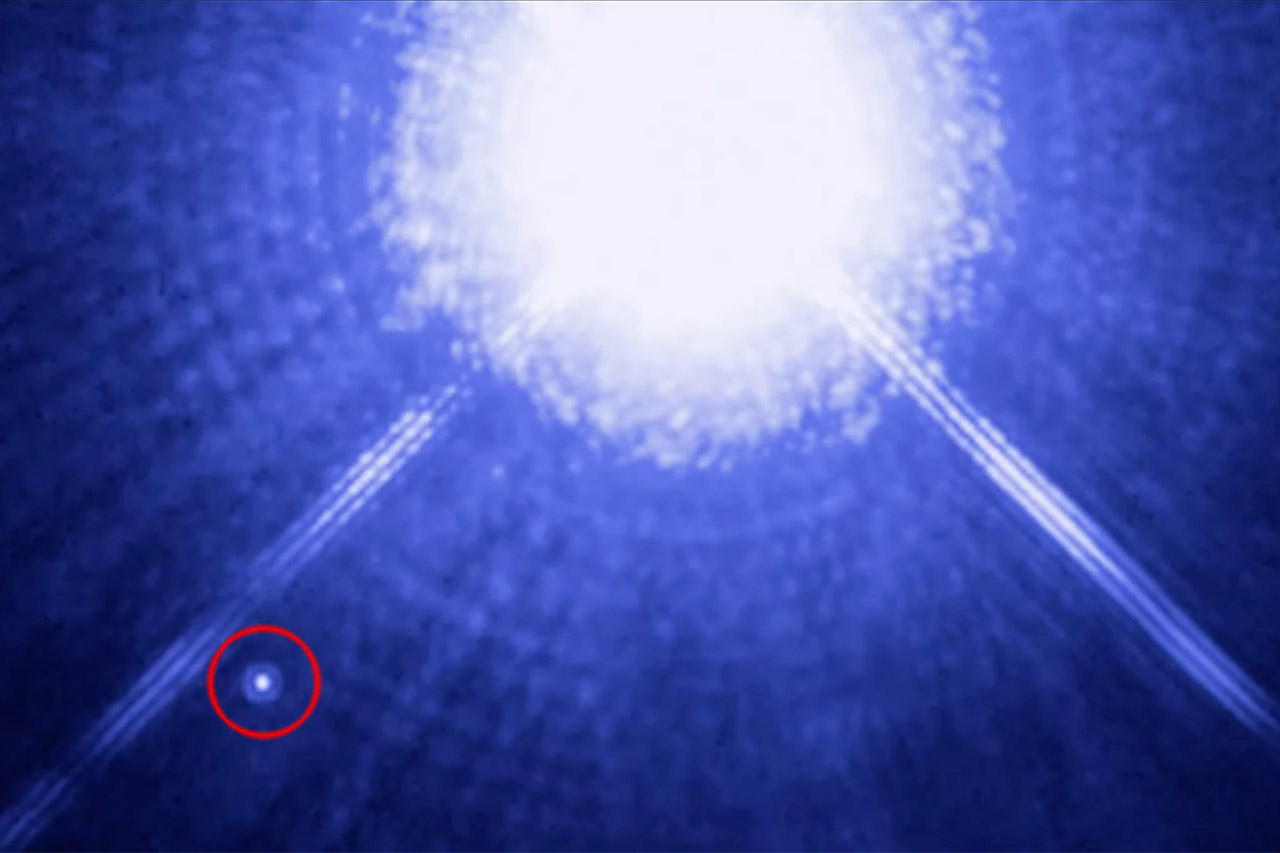
A white dwarf star is as dense as a city squished into the size of the Earth. Usually that’s the end of a star’s life. But sometimes they don’t go quietly. An international team of astronomers using NASA’s Hubble Space Telescope discovered a rare beast: an ultra-massive white dwarf formed by a catastrophic collision with another star rather than a steady fading.

